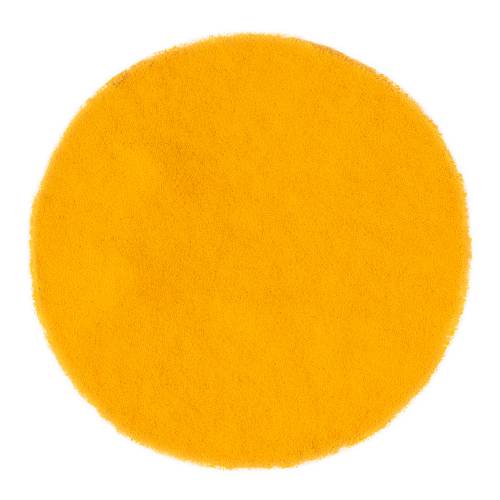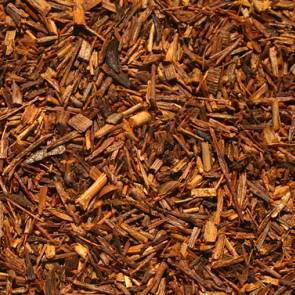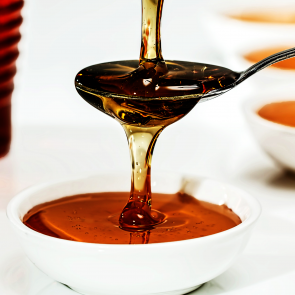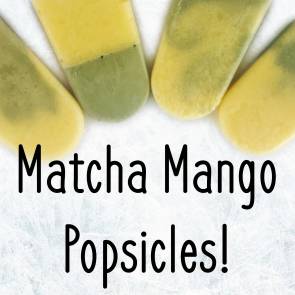Turmeric Root Powder
Turmeric root powder, also known as curcuma, Indian saffron, or the “Spice of Life”, is the rhizome (root) of an herbaceous perennial plant native to India, and is in the same family as ginger. The root is dried and ground into powder and used in many medicinal and culinary applications.
Our organic Turmeric Powder is a vibrant, golden-yellow finely ground powder, sourced from premium organic farms, and delivers both flavor and nutrition in every spoonful.
Turmeric is prized for its active compound, curcumin, a potent antioxidant and anti-inflammatory agent known to support joint health, digestion, and overall wellness.
A powerful natural remedy, turmeric helps strengthen the immune system and fight off oxidative stress, making it an excellent addition to your daily diet.
Use it in smoothies, teas, golden lattes, curries. Its warm, peppery flavor enhances both sweet and savory dishes, while adding a vibrant color and health boost to your meals.
Our turmeric is free from pesticides, chemicals, and additives, ensuring a pure and natural product.
Ingredients
Organic Turmeric
Specifications
|
Serving Size: 2.5g /cup |
|
Steeping Temp: 100°C |
|
Origin: India |
|
Caffeine: None |
|
Certification: Organic |
|
Grade or Quality: Powder |









